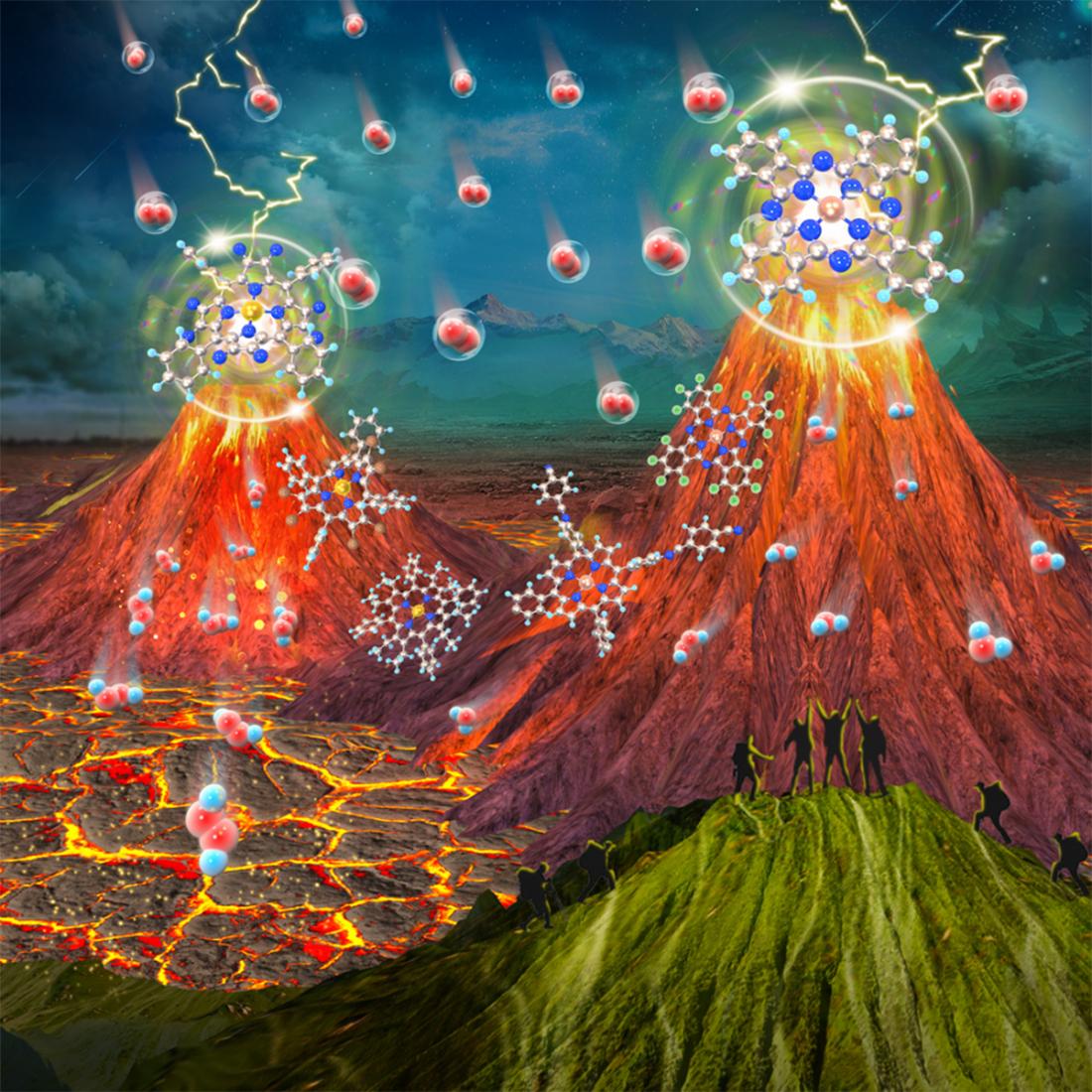| Feb 21, 2024 |
Unraveling the pH-dependent oxygen reduction performance on single-atom catalysts
(Nanowerk News) Metal-nitrogen-carbon (M-N-C) single-atom catalysts are a promising type of catalyst that could help provide cost-effective alternatives to platinum-based ones. However, there are still some aspects of their behavior that are misunderstood. To rectify this, a group of researchers delved into the intricacies of M-N-C catalysts, yielding promising results.
|
|
A group of researchers has answered some pressing questions regarding a new, promising class of catalysts known as single-atom catalysts (SACs).
|
|
Their insights were featured as the cover article in the Journal of the American Chemical Society ("Unraveling the pH-Dependent Oxygen Reduction Performance on Single-Atom Catalysts: From Single- to Dual-Sabatier Optima").
|
 |
| The cover of the article, which unveiled an interesting pH-dependent evolution in oxygen reduction reaction (ORR) activity volcanos for M--N--C single-atom catalysts. (Image: Hao Li et al.)
|
|
Scientists have identified metal-nitrogen-carbon (M-N-C) SACs as efficient and cost-effective alternatives to platinum-based catalysts in critical applications such as fuel cells and batteries.
|
|
Despite their promise, however, there are still several aspects of their behavior in the oxygen reduction reaction - a crucial process that occurs in various electrochemical systems - that are not well understood, such as their activity dependence on pH, selectivity for different electron transfer pathways, and the identification of rate-determining steps.
|
|
The group, which includes Hao Li, Associate Professor at Tohoku University's Advanced Institute for Materials Research (WPI-AIMR), delved deep into the intricacies of M-N-C catalysts, addressing fundamental questions that have long puzzled the scientific community.
|
|
Through meticulous analysis of over 100 M-N-C catalyst structures and comprehensive energetic assessments spanning more than 2000 data sets, the researchers uncovered a pH-dependent evolution in the catalytic activity of these materials. Contrary to previous assumptions, the study revealed a nuanced response of M-N-C catalysts to varying pH levels, with some exhibiting remarkable stability and performance across acidic and alkaline environments.
|
|
The research also highlighted the intricate interplay between the catalyst's composition and its performance, elucidating factors influencing selectivity for different reaction pathways. By synthesizing a diverse array of M-N-C catalysts and subjecting them to rigorous experimental testing, the team validated their theoretical predictions, affirming the accuracy of their models in predicting key catalytic parameters.
|
|
"Our findings represent a significant milestone in the quest for efficient and sustainable catalytic materials," points out Li. "By unraveling the pH-dependence, selectivity, and versatility of M-N-C catalysts, we are paving the way for the development of next-generation catalysts with unprecedented performance and applicability."
|
|
Given that pH dependence in electrocatalysis is very common, Li and his colleagues hope to extend this successful model to a variety of catalytic reactions moving forward. "We want to enhance the precision of catalytic theoretical models to enable better screening for high-performance and stable catalysts," adds Li.
|

